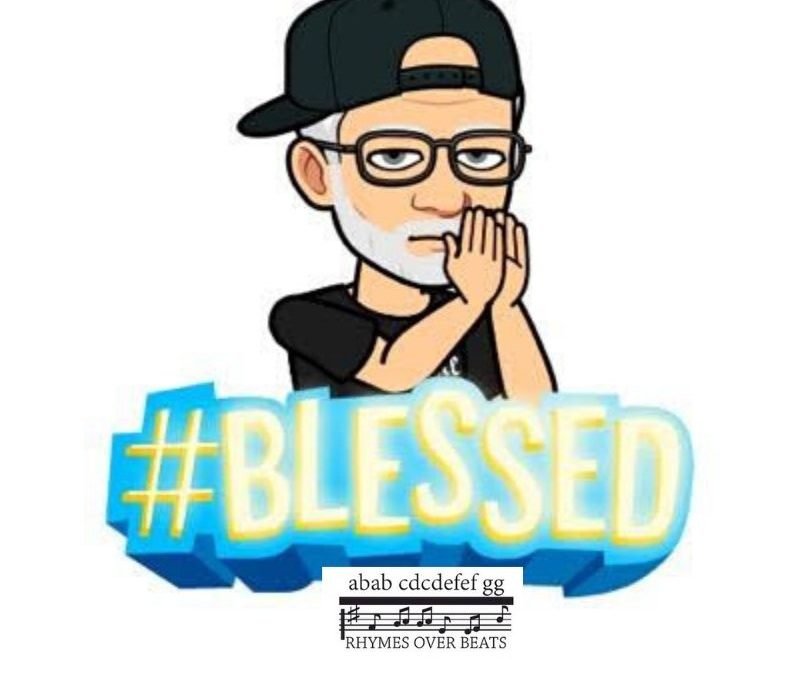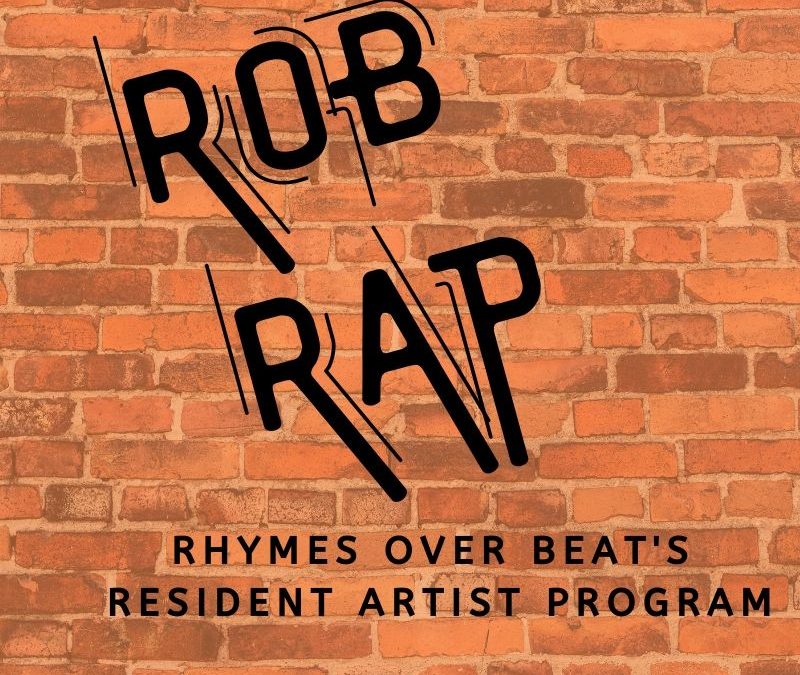
Storytelling Battles: Part 2 Theater
Star Trek: The Reality as a Play
This is the same story as last week – the destruction of the Starship Indianapolis. But this time it’s a play, not a film.
See the difference?
STAR TREK: THE REALITY
by
Patrick Blake
Characters: Crewman, Offstage Voice
TIME
Present
LOCATION
The Starship Indianapolis in Outer Space
A bare stage. Center stage, a man in a star fleet uniform is sitting in a chair in a cone of light.
CREWMAN
Can I have it back, please? My communicator? I can use it to refresh my memory. Maybe there are details…
VOICE (O.S.)
Soon. We need to run a few more tests on the new unsanctioned app. We just want you to tell us what you remember.
CREWMAN
Ok…I’m in engineering. I kept being interrupted with lots of stupid questions. So I go into the life pods. I shut the hatch, and its computer starts up. More questions. Decisions to make. So I set all functions to automatic. Now, it’s quiet. No distractions. I’ve almost figured out how to get to the next level. I’ll be the first person in engineering to do it. Are you sure I can’t get my communicator?
VOICE (O.S.)
Soon.
CREWMAN
Ok… I’m getting into my grove, and the whiney ship’s computer starts up. Everything is always an emergency. Everything is always, “Captain to the Bridge.” So, I turn the sound off. I’m just about to win when there is this bright light, and the next thing I know the pod is being brought aboard this ship. Now, can I get my computer?
Film … or Play?
Same story. Which way of telling it did you like better?
Let me know, and thanks for playing along!




